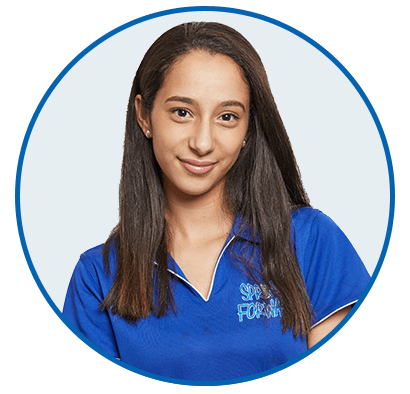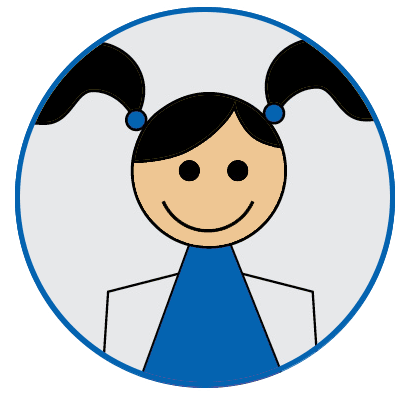Psycholinguistic Approach
Investigates the root cause of a child’s speech, language, or literacy difficulty by accounting for the organisation of sounds and words within the child’s language-producing system (e.g., is the word/speech sound stored correctly? Is the child hearing the difference between 2 speech sounds?) The model utilises the child’s strengths as a basis for therapy.
You can find more information regarding this approach on Integrated Treatment Services.
Cycles Approach
Mirrors natural speech development in young children where easier words and sounds are typically mastered first. Error patterns occur when a child is first developing their speech sounds. These patterns are typical until certain ages (e.g. substituting the ‘r’ sound to ‘w’ sound is typical only until the age of 5-6yrs). This approach is practiced when a child presents with multiple speech error patterns, targeting 1 error for a short amount of time and then cycling through the next (e.g. in 6 week blocks). The cycle continues until all errors are eliminated.
You can find more information regarding this approach on Otsimo.
+ Read More
Total Communication Approach
Children with communication difficulties can struggle to understand and use spoken language, and need support to communicate basic needs, wants and desires. Total communication makes use of the skills your child does have. It involves not only oral language to build communication skills, but introduces gestures, sign language, and other visual communication systems.
Some parents are concerned that using sign language or pictures and letter boards may impede a child’s oral communication skills (talking). The research actually supports that teaching speech and other modalities of communication together will increase the likelihood that the child will speak. This is because talking or using sign language activates the same area of the brain responsible for communication. There is no evidence to support that using other methods of communication, such as sign language, will discourage the use of speech.
You can find more information regarding this approach on Hands & Voices.
Attention Autism
The infamous bucket! Attention Autism is a programme designed by UK based Speech and Language Therapist, Gina Davies to support attention skills as a foundation to communication. The bucket supports the development of natural and spontaneous communication through the use of visually based and highly motivating activities. Gina’s primary objective is that the sessions are fun and “offer an irresistible invitation to learn”!
There are four distinct phases to the programme:
– Stage 1 – The Bucket Stage
– Stage 2 – The Attention Builder
– Stage 3 – Turn Taking and Re-engaging
– Stage 4 – Shifting & Re-engaging Attention
You can find more information regarding this approach on Centre for Autism.
Colourful Semantics
An approach developed by Alison Bryan, Speech and Language Therapist; Colourful Semantics helps to make language visual! Colourful Semantics teaches children about the different parts of a sentence by giving each one a colour (or sometimes and a shape) associated with a question prompt. There are a range of benefits to using this approach, including but not limited to:
- Encouraging wider vocabulary.
- Making sentences longer.
- Supports understanding of language and language structure.
- Helps children to answer questions or generate responses to questions.
- Developing use of nouns, verbs, prepositions and adjectives.
- Improves story telling skills.
- Colours are fantastic visual aids which are useful when encouraging children to make connections.
- It is also easy to integrate colours into learning across the curriculum.
- Can be transferred to written sentences and written language comprehension.
- Can be carried out individually or in small groups.
You can find more information regarding this approach on Twinkl.
Lego®-based Therapy Groups
Developed by Dr Daniel Le-Geoff as a social development programme for Autistic children, LEGO®-Based Therapy is a tool used to support a wide range of children’s speech, language and communication skills. Run as a 3-peer group, each member is given a specific role with responsibilities and rules they must follow in order to work together to build a LEGO® model. NB. We don’t always use LEGO®! This approach can be used with a wide variety of tasks and projects such as jewellery making, film and animation, even slime!
You can find more information regarding this approach on Therapy Focus.
Parent-Child Interaction (PCI)
It seems obvious, but no-one knows your child better than you! PCI therapy coaches you to be your child’s primary communication teacher. The Speech Pathologist is there to teach you the skills and strategies you will need to optimise the time you spend with your child to improve communication. Parents play a critical role in their child’s language development. Therefore, advising parents of a child with language difficulties on how to facilitate their child’s language might benefit the child.
You can find more information regarding this approach on Mable Therapy.
Hanen Approach
A family centred approach that looks at language development from a social interaction’s perspective. The approach is founded on parents being actively involved in intervention and that communication is elicited in natural environments whilst interacting with others, as that provides the best learning opportunity for a child.
You can find more information regarding this approach on Integrated Treatment Services.








